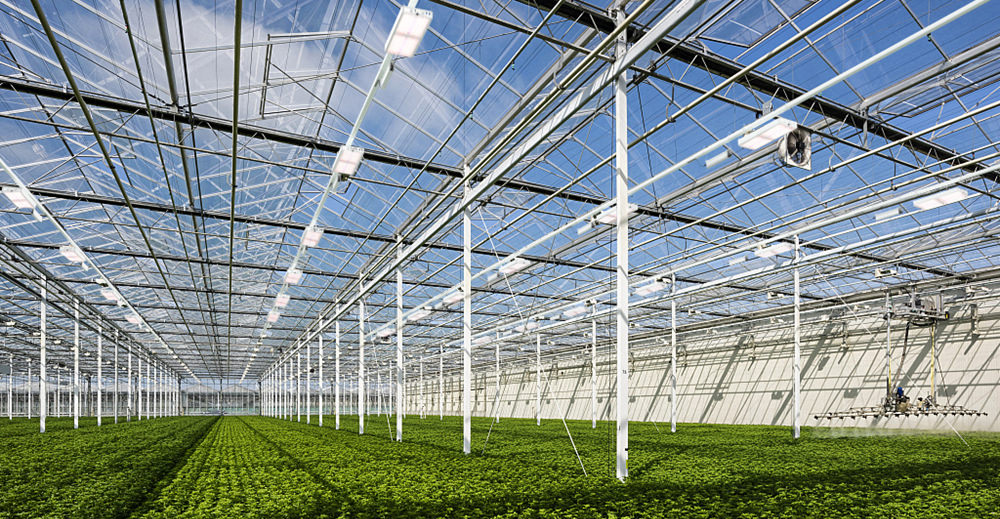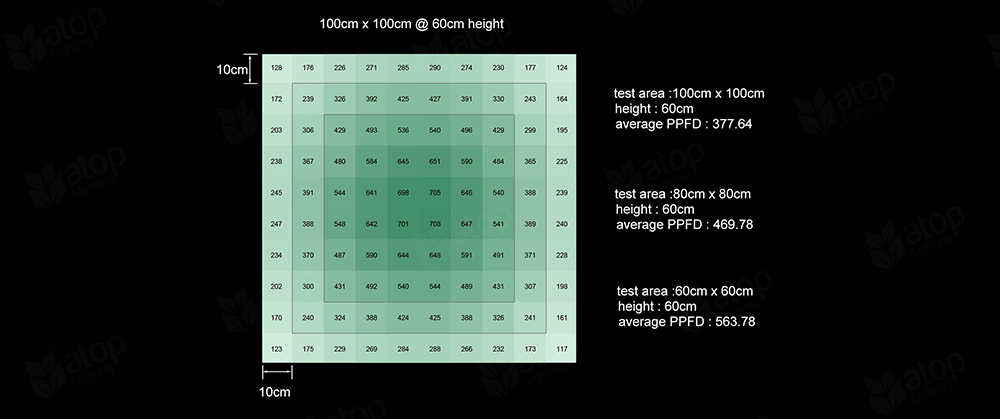How to Avoid Getting Fooled by Advertised Watts of LED Grow Lights
Have you ever bought an LED grow light that claimed to have a high wattage but turned out to be weak and disappointing? That is because many LED grow light manufacturers exaggerate the true wattage of their products in their advertising. It is something called ‘advertised watts’ that make their products seem more powerful and appealing than they really are. But what are advertised watts, and how do they differ from the true wattage of your LED grow light? In this blog, we’ll explore the issue of exaggerated advertised wattage and provide tips on how to avoid being fooled by it when choosing an LED grow light. So, let’s get started!
What are the advertised watts
Advertised watts are the maximum wattage that an LED grow light can consume. Manufacturers use this number to advertise their product's power and efficiency. However, advertised wattage can be misleading, as they do not always reflect the actual wattage that the LED grow light uses. In fact, the true wattage of the LED grow light is usually much lower than the advertised wattage because it depends on several factors, such as the quality and efficiency of the LEDs, the driver, and the cooling system.
Furthermore, some manufacturers may use other tactics to exaggerate advertised wattage, such as quoting the LED grow light’s peak wattage or temporarily increasing wattage for a short period of time. These tactics can be deceiving and may lead consumers to purchase an LED grow light that is not suitable for their needs.
Why advertised watts matter for your plants
Advertised watts can affect your decision-making process when buying LED grow lights. LED grow lights that have a low true wattage may lead to stunted growth, smaller plants, and lower yields. LED grow lights that have a high true wattage might be using more energy than necessary, which can be costly and inefficient. Here are some of the potential problems or issues that you might encounter if you buy LED grow lights based on advertised watts:
- You might buy an LED grow light that has a low true wattage, which means it consumes less power than advertised but also produces less light than you need. This can result in insufficient light intensity and coverage for your plants, which can affect their growth and yield. You might also need to buy more LED grow lights to cover the same area, which can increase your cost and energy consumption.
- You might buy an LED grow light that has a high true wattage, which means it consumes more power than advertised but also produces more heat than you want. This can result in excessive heat output and consumption for your LED grow light, which can damage the LEDs and reduce their lifespan and efficiency. You might also need to install a cooling system to keep your LED grow light and your plants from overheating, which can add to your costs and maintenance.

How to calculate the true wattage of your LED grow light
The true wattage of your LED grow light is the actual amount of power that it consumes from the wall socket. Knowing the true wattage of your LED grow light is important for your plants and your energy bill. Because it determines how much light intensity and coverage it can provide for your plants, and how much electricity it consumes. So how can you find out the true wattage of your LED grow light? There are two main ways to do so:
Use a power meter
The easiest and most accurate way to find out the true wattage of your LED grow light is to use a power meter that plugs into your wall socket and displays how much electricity your light is drawing. To use them, simply plug your LED grow light into the device, and read the wattage on the screen. This will give you the exact wattage of your LED grow light at any given time.
Use a formula
Another way to calculate the true wattage of your LED grow light is to use a formula that involves multiplying the input voltage by the input current. To use this method, you need to know the input voltage and input current of your LED grow light, which you can usually find on the product label or the manufacturer’s website. Then input voltage is the amount of voltage that your LED grow light receives from the wall socket, which depends on your location. The input current is the amount of current that flows through your LED grow light, which is usually measured in amps. Once you have these values, simply multiply them together to get the true wattage. For example, if your LED grow light has an input voltage of 110V and an input current of 1.5A, then its true wattage would be 110V x 1.5A = 165W.
How to avoid being fooled by advertised watts when choosing LED grow light
When choosing an LED grow light, it is important to avoid being fooled by advertised watts. Advertised watts can be misleading, as they do not always reflect the actual wattage that the LED grow light uses. Here are some tips on how to avoid being fooled by advertised watts when choosing an LED grow light:
Find out the true wattage
True wattage is the actual amount of power that your LED grow light consumes from the wall socket. It determines how much light intensity and coverage your LED grow light can provide for your plants and how much electricity it consumes. You can find out the true wattage of your LED grow light by using a power meter or a kill-a-watt device, or by using a formula that involves multiplying the input voltage by the input current.
Check the efficiency
The efficiency of your LED grow light refers to the amount of photosynthetically active radiation (PAR) it emits per unit of power. This metric reflects how effectively your LED grow light transforms electricity into useful light for your plants. A higher efficiency rating is more desirable. You can determine the efficiency of your LED grow light by dividing its PAR output by its true wattage.
Look for PPFD
This is the amount of light (in terms of photosynthetic photon flux density, or PPFD) that your LED grow light delivers per unit of area. It indicates how much light intensity your plants receive at a certain distance from your LED grow light. The higher the PPFD, the better. You can find out the PPFD of your LED grow light by using a PPFD map or chat.

In this article, we learned what advertised watts are, how to find the true wattage of your LED grow light, and how to avoid getting fooled by advertised watts based on their true wattage, efficiency, and PPFD.
At Atop, we understand the importance of high-quality LED grow lights. That's why we offer a range of LED grow lights that are designed to meet the unique needs of indoor farms, greenhouses, and home gardens. Our products are carefully crafted to provide the right wattage, the right spectrum of light, optimal efficiency, and the highest PPFD possible, so you can be confident that you're getting a quality product that will help your plants grow to their full potential.
If you are ready to buy high-quality LED grow lights without exaggerated advertised wattage, check out our website for the best LED grow lights. If you have any questions, feel free to contact us.

